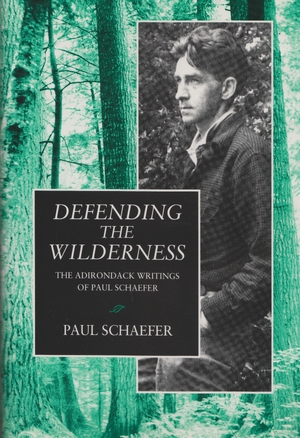Description
Greater in area than Yosemite, Grand Canyon, Olympic, Yellowstone, and Glacier national parks combined, New York State’s Adirondack Park is the largest public park in the nation. A land of contrasts and paradoxes, loved, feared, exploited, protected, argued over, eulogized, and affected for better or worse by the hand of man for more than 300 years, the Adirondack forests, rivers, lakes, and peaks attract nearly 9 million visitors a year.
From the geologic origins and glacial scouring of the region, to Indians, early settlers, and the logging, mining, and tourist industries, Jane Eblen Keller unfolds the dramatic history of the Adirondacks and the men and women who tried to tame the wilderness.
The author also recounts how man and nature have interacted with each other in the region, indeed, how our American attitude toward nature shaped Adirondack history. This is a highly readable and amusing introduction to both Adirondack and conservation literature.
Table of Contents
Introduction
The First Adirondack Wilderness (Creation-1830)
1. Maps and Man in New York State
2. The Final Frontier
3. How a Hat Won the West
4. Dreams of Glory and Times of Trouble
5. Land for Sale
6. The Rock
7. The Forest
The Wilderness in Transition (1830-85)
8. Timber!
9. There's Ore in Them Thar Hills
10. How the Adirondacks Got a Name
11. New World Cathedrals
12. A Pound of Flesh
13. Roughing It
14. A Public Pleasure Ground
The Contemporary Wilderness (1885-Present)
15. Wilderness Economics
16. The Mellowing
17. Love Unto Death
18. For Beauty's Sake
The New Problem of Man and Nature
19. Saving For or From?
20. Taking Charge
About the Author
Jane Eblen Keller, a native of Knoxville, Tennessee, is a free-lance writer and historical researcher who during the last ten years has worked for Harvard University, the City of Boston, and the New York State Museum in Albany.
Series: New York State and Regional studies
6 x 9, 262 pages, 48 black and white illustrations, 3 maps
February 1980




